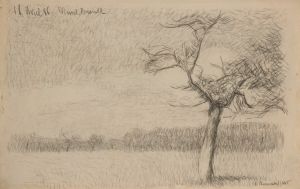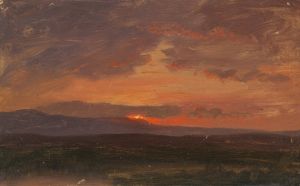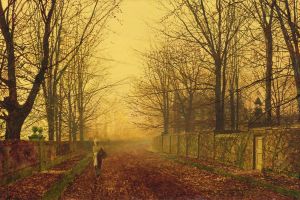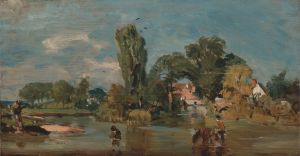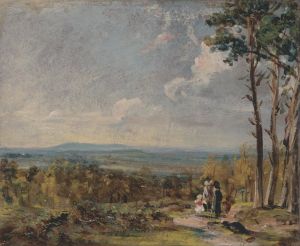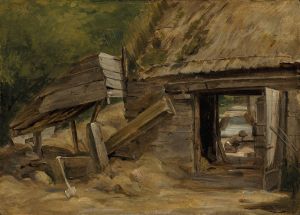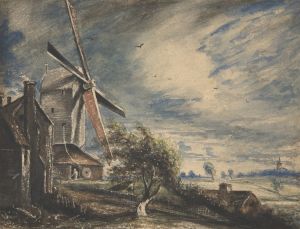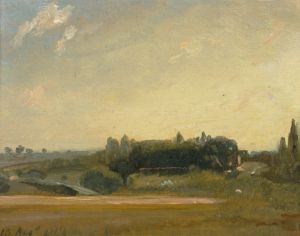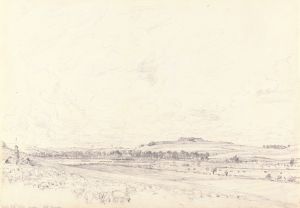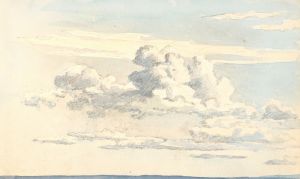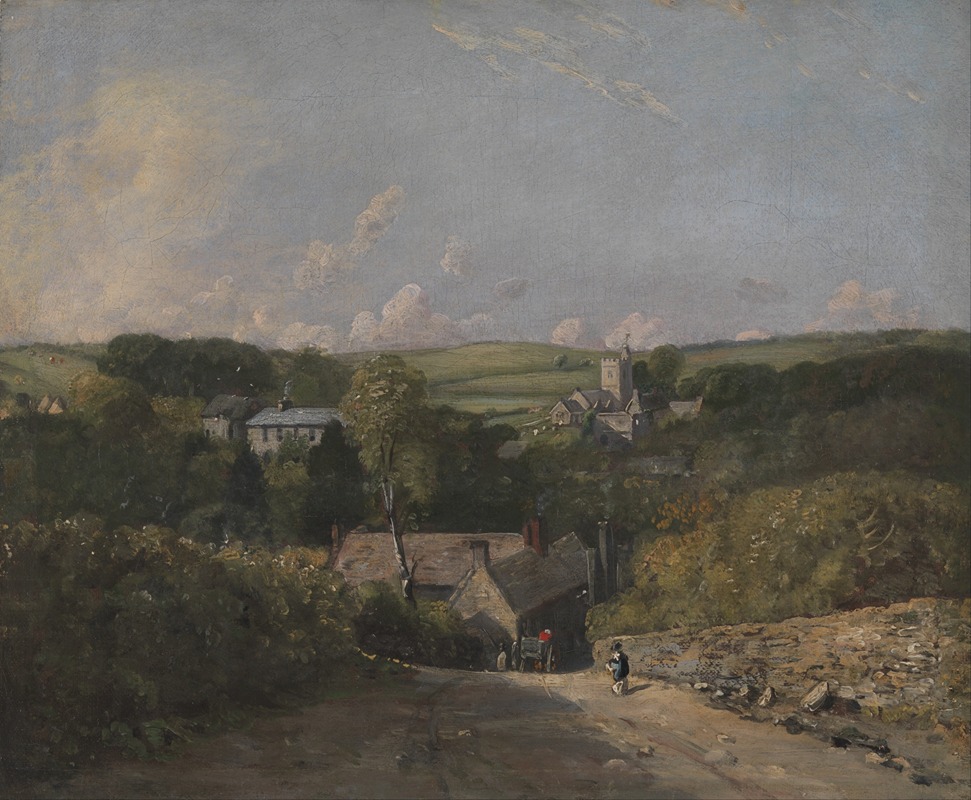
Osmington Village
A hand-painted replica of John Constable’s masterpiece Osmington Village, meticulously crafted by professional artists to capture the true essence of the original. Each piece is created with museum-quality canvas and rare mineral pigments, carefully painted by experienced artists with delicate brushstrokes and rich, layered colors to perfectly recreate the texture of the original artwork. Unlike machine-printed reproductions, this hand-painted version brings the painting to life, infused with the artist’s emotions and skill in every stroke. Whether for personal collection or home decoration, it instantly elevates the artistic atmosphere of any space.
Osmington Village is a painting by the renowned English landscape artist John Constable. Created in 1816, this artwork is a fine example of Constable's dedication to capturing the natural beauty and rural life of the English countryside. The painting depicts the village of Osmington, located in Dorset, England, and showcases Constable's characteristic attention to detail and his ability to convey the serene and picturesque quality of rural landscapes.
John Constable (1776-1837) was a key figure in the Romantic movement and is best known for his landscape paintings, which often feature scenes from the English countryside, particularly around his native Suffolk. His works are celebrated for their realistic portrayal of nature and their innovative use of light and color.
Osmington Village is notable for its composition and the way Constable captures the essence of the village. The painting features a view of the village with its thatched cottages, winding lanes, and surrounding fields. The sky, a significant element in Constable's works, is depicted with a dynamic and expressive quality, adding to the overall atmosphere of the scene. The use of light and shadow in the painting enhances the depth and realism, making the viewer feel as if they are part of the tranquil rural setting.
The painting was created during a period when Constable was beginning to gain recognition for his work. In 1816, the same year he painted Osmington Village, Constable married Maria Bicknell, which marked a significant personal milestone for the artist. This period also saw Constable developing his distinctive style that would later define his most famous works.
Osmington Village is part of Constable's broader body of work that includes other notable paintings such as The Hay Wain (1821) and Dedham Vale (1802). These works collectively highlight Constable's deep connection to the English landscape and his ability to convey its beauty and tranquility.
The painting is currently held in a private collection, and as such, it is not as widely known or exhibited as some of Constable's other masterpieces. However, it remains an important piece within his oeuvre, demonstrating his skill in landscape painting and his commitment to portraying the rural life of England with authenticity and affection.
In summary, Osmington Village by John Constable is a significant work that exemplifies the artist's talent for capturing the natural beauty of the English countryside. Painted in 1816, it reflects Constable's mastery of light, color, and composition, and stands as a testament to his enduring legacy as one of England's greatest landscape painters.







